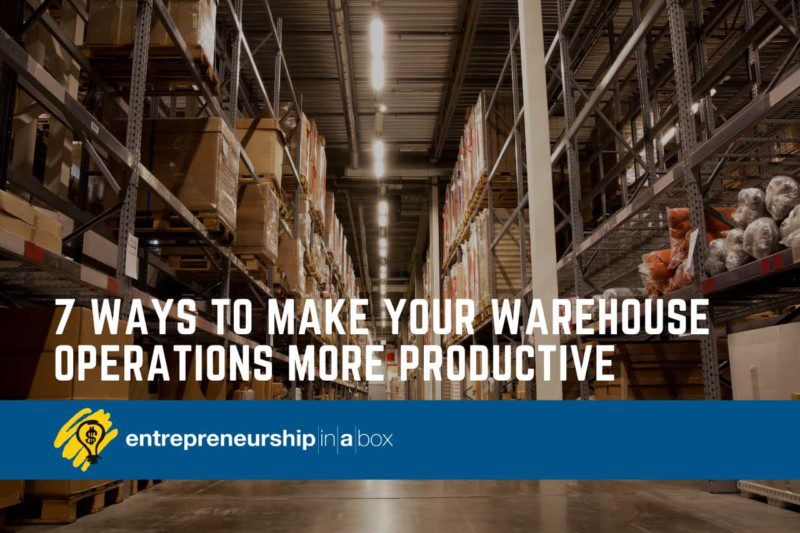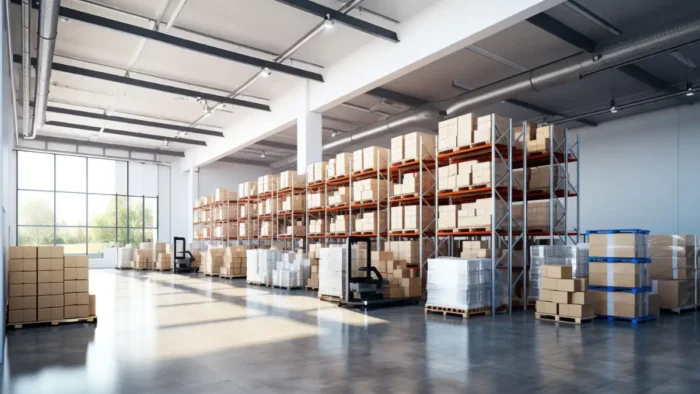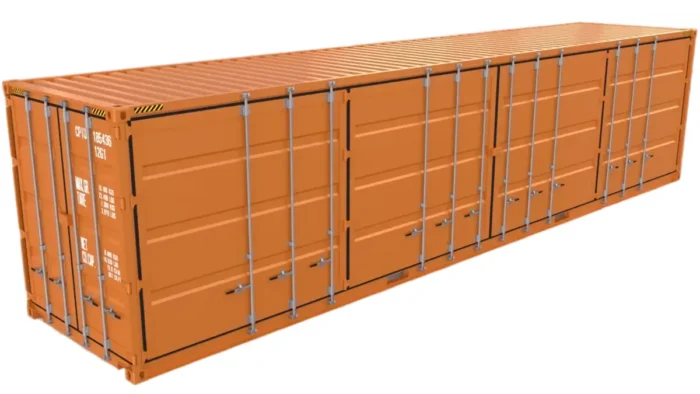Warehouses are an integral part of any eCommerce and retail business. They play a critical role in the supply chain, enabling companies to deliver products quickly and efficiently to their customers. With the increasing popularity of eCommerce, it’s no surprise that many retailers are expanding their operations—and with that comes the need for more warehouse space and staff.
That being said, many retailers struggle to keep up with increased sales demands. In fact, some even find themselves in a situation where they need to hire additional warehouse staff just to meet their current needs. However, this might not be a long-term solution. To help you ensure the productivity of your warehouse operations, we have compiled a list of various tips that can help. Take a look.
Keep Your Warehouse Clean and Organized
When your space is cluttered and messy, it’s more difficult to find the products you need and get them out to your customers promptly. Not to mention, a cluttered warehouse can create safety hazards for your employees. To avoid these issues, keep your warehouse clean and organized at all times.
Utilize Technology
Technology can help take your warehouse operations from good to great. Various software and hardware types can streamline processes, improve accuracy, and increase productivity. For example, barcode scanners can track inventory levels and ensure that products are picked and placed in the correct location. Additionally, cloud-based software can be used to manage warehouse operations from anywhere in the world.
Implement Lean Manufacturing Principles
Lean manufacturing is a philosophy that seeks to eliminate waste and create efficiencies in all aspects of production. Lean principles can help you optimize your space, reduce errors, and improve productivity when applied to warehouse operations. Some of the most common lean techniques used in warehouses include 5S (sort, straighten, shine, standardize, sustain), Kanban (visual signal system), and value stream mapping (analyzing and improving the flow of materials and information).
Invest in the Right Equipment
Having the right equipment is essential for running a productive warehouse. From conveyor belts and hand trucks to forklifts, carts, and drones, various types of equipment can be used to move products around your warehouse more efficiently. When choosing new equipment, be sure to consider your specific needs and the layout of your space. Click here to know more.
Train Your Employees Properly
Your employees are the backbone of your operation—if they’re not properly trained, it will be difficult to achieve optimal productivity levels. To ensure that your employees are equipped with the knowledge and skills they need to succeed, provide them with comprehensive training on all aspects of warehouse operations. This should include how to use the equipment safely and efficiently, pick and pack orders correctly, and resolve any issues that may arise.
Implement an Ergonomic Workspace
When your employees are comfortable, they’re more likely to be productive. To create an ergonomic warehouse, start by evaluating the layout of your space and making changes as needed. For example, you may want to consider investing in adjustable workstations or adding additional lighting to improve visibility. Additionally, be sure to provide your employees with the proper safety equipment, such as gloves, goggles, and earplugs, to help prevent injuries.
Encourage Communication
Good communication is essential for any business—but it’s especially important in a warehouse setting. When everyone is on the same page, it’s easier to avoid mistakes and optimize productivity. Establish clear communication channels between employees and managers to encourage communication in your warehouse. Additionally, you may want to consider implementing a warehouse management system (WMS) that can be used to track inventory levels, manage orders, and more.
Final Word
By streamlining processes, investing in the right equipment, and properly training your employees, you can create a productive and efficient workspace to help your business succeed. If you have any questions or concerns, ask us in the comments.





